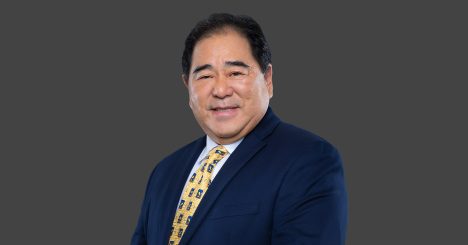As defined benefit pension plans slowly die off (because they are too expensive to run and too risky as contribution and benefits gyrate wildly with stock market and interest rate fluctuations), most new retirement plans are now profit-sharing on 401(k). For many of our clients, however, these plans also have a problem: they are too “fair,” in that contributions are traditionally made in proportion to compensation and thus provide few incentives for owners with many employees. There are, however, less well-known types of retirement plans that can deal with this and other problems:
1 Cross-Tested Plans:
The IRS allows age to be taken into account in allocating company contributions to both profit-sharing and 401(k) plans. That means that a company can contribute a higher percentage of pay on behalf of any group of employees (including owners or managers) so long as they are on average older than the rest of the staff.
2 Cash Balance Plans:
This is a hybrid between defined benefit and profit-sharing plans and can provide the best of both worlds: large contributions like a defined benefit plan but individual accounts like a profit-sharing plan that are less volatile and less unpredictable.
3 Combined Plans:
If you adopt both a 401(k) plan with a large contribution for the staff and a cash balance plan with a large contribution for the owners, the IRS comparability rules may permit the bulk of the combined contributions to go to the owners.
4 Davis Bacon Plans:
Government contractors who are forced to fund large fringe benefits for their employees because of the Davis Bacon Act of the Service Contract Act or their Hawai‘i equivalents can put that money into a profit-sharing plan and, because the IRS treats the money as an employer contribution, the company can make equally large contributions for owners and managers without even bothering with cross-testing.
5 Deferred Compensation Plans:
If you don’t mind losing the deduction for plan contributions (because you don’t need to zero-out profits, or run at a loss anyway, or have a nonprofit company), you can put in a non-qualified deferred contribution plan covering only owners or key managers, because such plans are not subject to the qualified plan anti-discrimination rules.
6 One-Person Defined Benefit Plans:
High earners with no staff (e.g., many real estate brokers, artists, anesthesiologists) may find that defined benefit plans are still the best option because most of the problems with these plans disappear when there are no other employees to cover.
This article is an updated version of an article from the Fall/Winter 2019 issue of ke kumu, Cades Schutte’s client newsletter. Read the full publication, which explores some of the laws unique to Hawai‘i.





